
How to plant carnations properly?
Where, when and how
Contents
Easy to grow, the carnation or Dianthus in Latin, is an essential flower in traditional and wild gardens.
It offers abundant flowering and a sweet fragrance. It blooms in rockeries, borders and terraces all summer long… provided it’s planted correctly and in the right spot.
To achieve this, discover our tips for successfully planting your carnations!
Where to plant Dianthus?
Easy to grow, the Dianthus thrives almost everywhere in France and even adapts to coastal areas. With excellent hardiness (beyond -15°C), it withstands frost and summer drought well. It requires a sunny or very lightly shaded and open position. While it loves limestone, it tolerates all well-drained and moderately fertile soils. It dislikes waterlogged ground, preferring permeable and stony soils, from dry to fresh.
This versatile perennial is happy in all sorts of sunny locations. Dianthus can be grown as a standalone feature, in borders, rockeries or pots. It’s best planted in groups alongside small ornamental grasses like Stipa tenuifolia, or with other drought-tolerant perennials such as lavenders, rock roses, catmints, speedwells, sweet alyssums, moss phlox or yarrows. Low-growing varieties are perfect for raised beds, dry rock gardens, well-drained slopes, or between the stones of a dry-stone wall where they form flowering cushions.
Read also
Taking cuttings and sowing carnationsWhen and how to plant Dianthus?
Pinks or Dianthus should be planted in spring from March to April, preferably in humid regions or areas with cold winters, or in autumn from September to October in milder regions (avoiding frost and drought periods).
Once well established, these perennials are easy to grow and pose no cultivation problems provided the soil is light, moist during summer and especially well-drained (excess water in summer or winter would be fatal).
- Loosen the soil with an organic fork, working the soil thoroughly. Dig a hole twice the size of the bucket using a spade; in heavy soil, incorporate gravel to improve drainage.
- Plant in a mixture of compost and garden soil, taking care not to bury the basal leaves. Allow 5 to 7 buckets per m². Space young plants 25-30 cm apart when planting. Backfill with soil. Firm gently.
- Water regularly at first to encourage rooting. In summer, keep the soil moist to support flowering and ensure good root development.
Container cultivation
- Place a layer of clay pebbles or gravel at the bottom of the pot to prevent waterlogging
- Plant in a well-draining mixture of compost, garden soil and gravel
- Position in full sun
- Water regularly in summer to prevent the substrate from drying out
- Avoid leaving water in saucers: Dianthus dislike having wet feet
- Apply a balanced fertiliser in spring
Discover other Dianthus - Pinks
View all →Available in 1 sizes
Available in 2 sizes
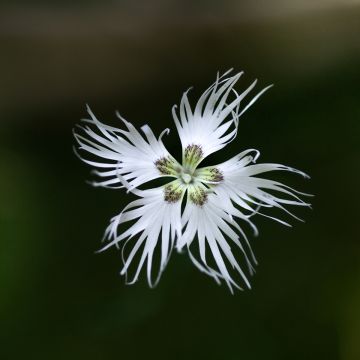
Available in 2 sizes
Available in 2 sizes
Available in 1 sizes
Available in 2 sizes
Available in 2 sizes
Available in 2 sizes
Available in 2 sizes
Available in 1 sizes
Care and Maintenance
Dianthus requires minimal maintenance. Highly resistant to diseases, once well-established it demands little care and proves to be a trouble-free perennial provided the soil remains perfectly drained.
- Remove flowers as they fade to encourage new blooms. Deadhead more moderately on older young plants.
- Carnations and picotee varieties may require light staking to support flowering stems.
- Lightly trim the clump after summer flowering to encourage perpetual varieties to rebloom in September.
- A light tidy-up or cutting back of some withered foliage with shears close to the ground in October is sufficient to maintain a dense habit and ensure flowering the following season.
- To stimulate flowering, apply well-rotted compost or balanced fertiliser in spring for potted specimens.
- Take cuttings or layer to perpetuate the plant.
- Subscribe!
- Contents


































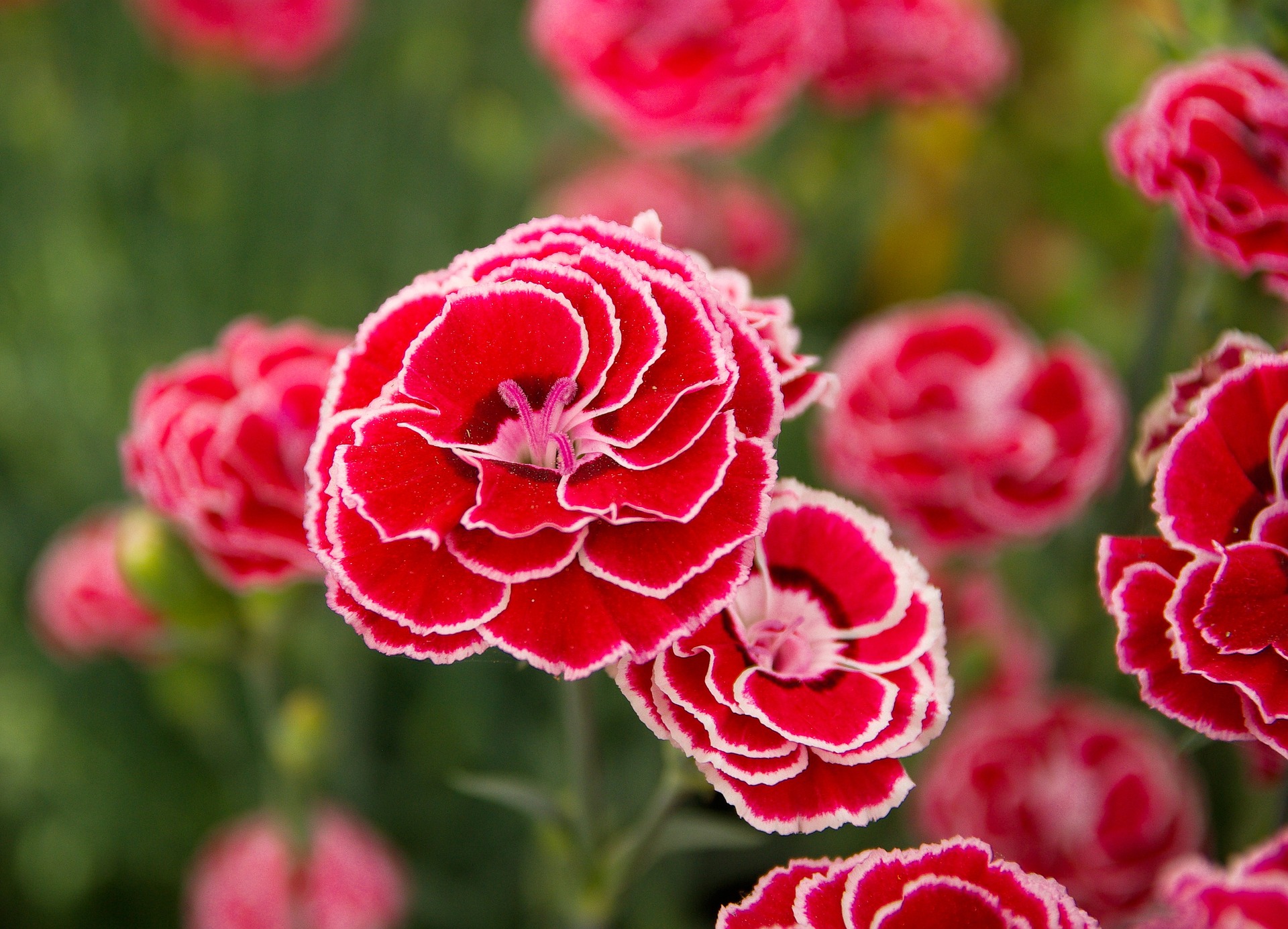
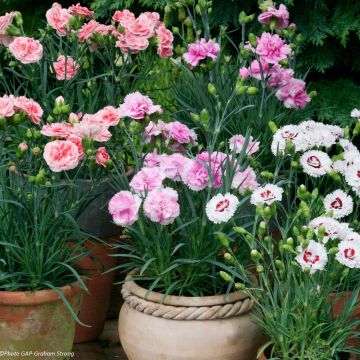
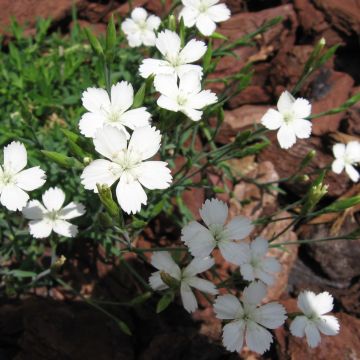
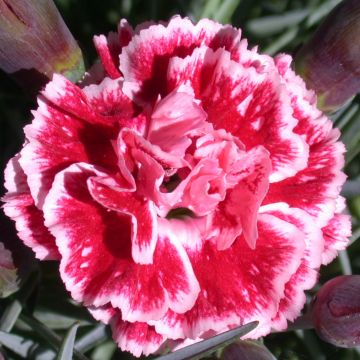
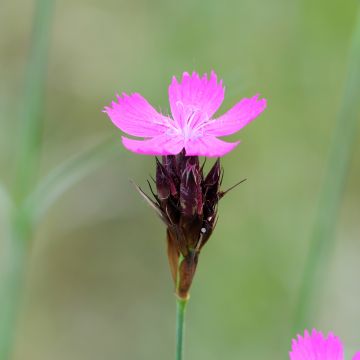

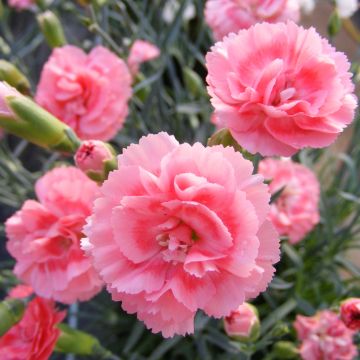
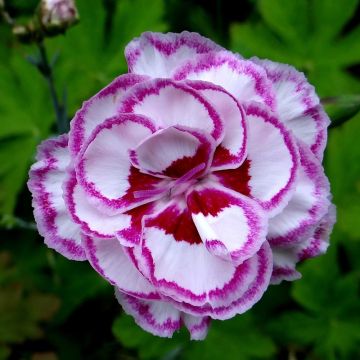
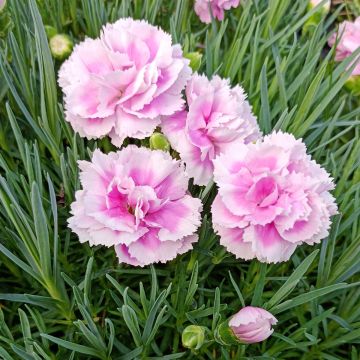
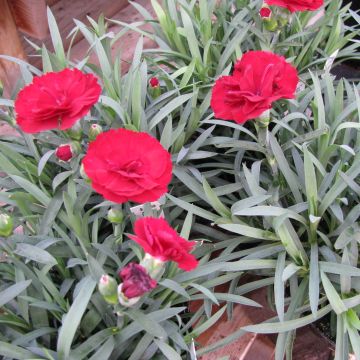
Comments